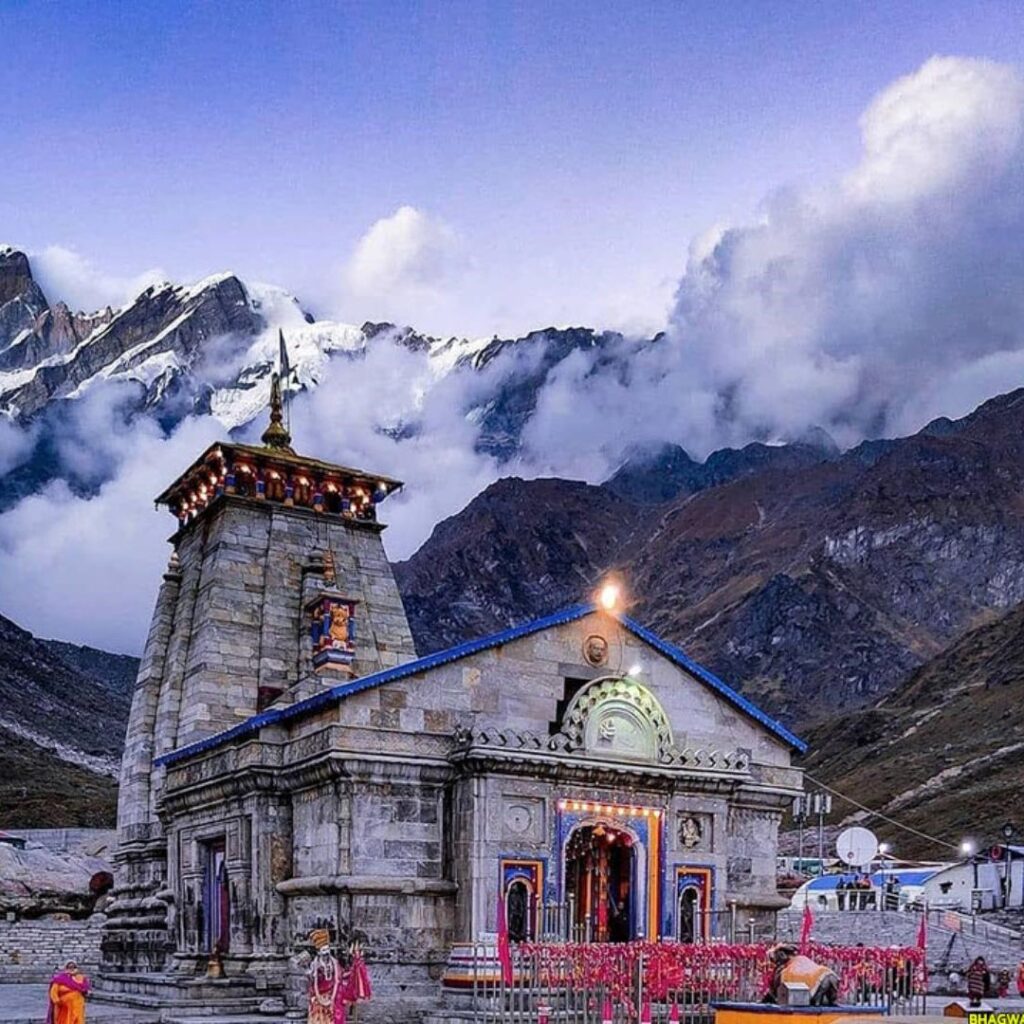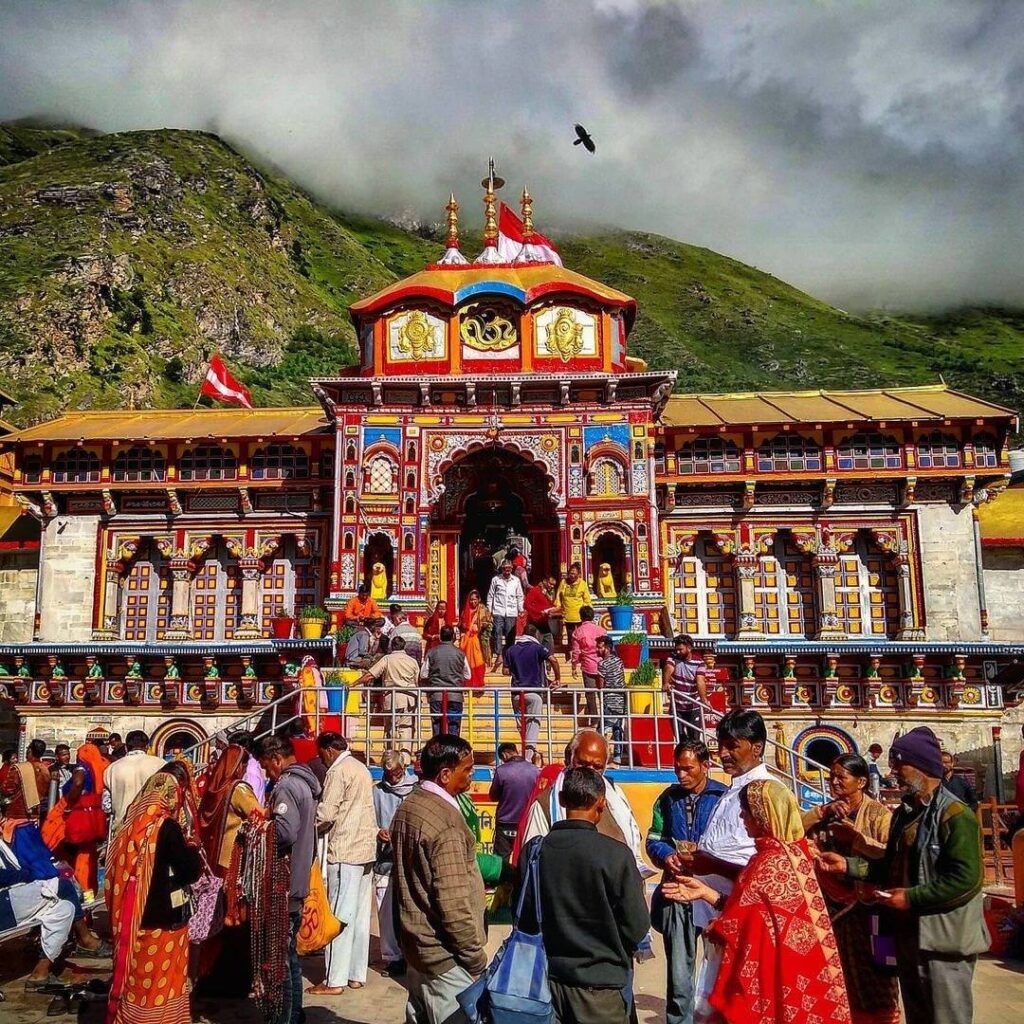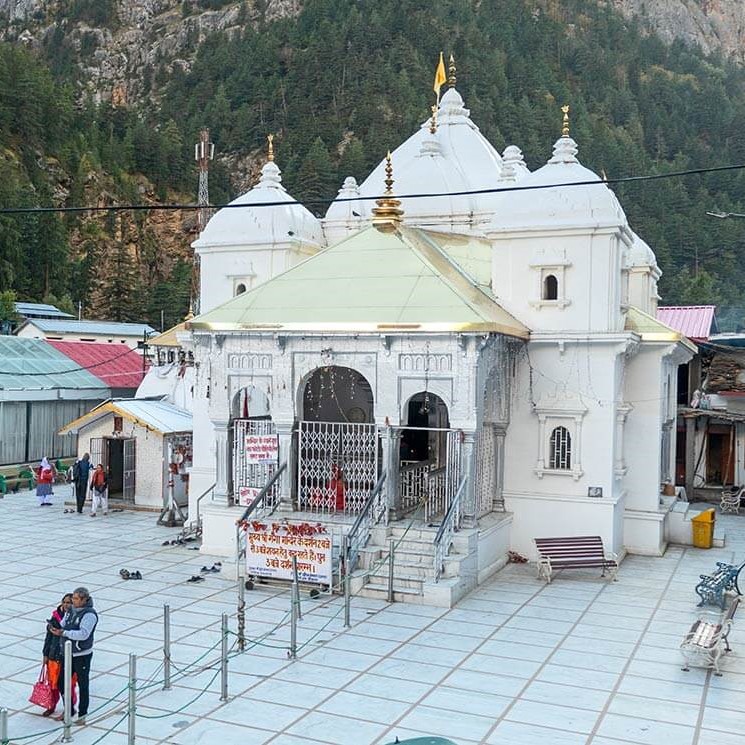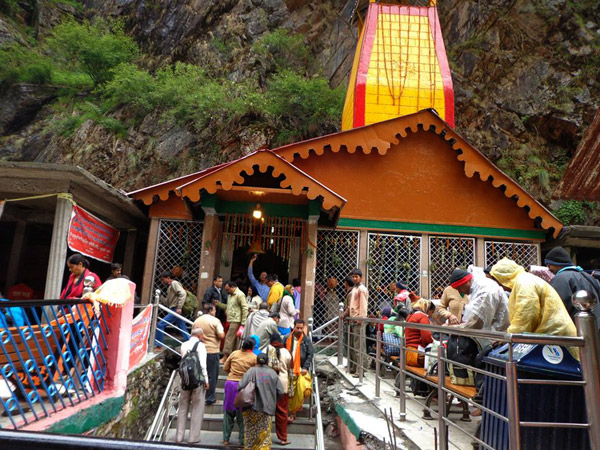Unforgettable Summer Escapes: Must-Visit Destinations

Kedarnath Temple
Kedarnath Temple is a significant religious and tourist destination in India, renowned for its ancient temple dedicated to Lord Shiva. Here’s a detailed overview:
Location
and Geography
- State: Uttarakhand,
India
- Region: Garhwal
Himalayas
- Elevation: 3,583 meters
(11,755 feet) above sea level
- Coordinates:
30.7352° N, 79.0669° E
Historical
and Cultural Significance
- Kedarnath Temple:
The centerpiece of Kedarnath, the temple is one of the twelve Jyotirlingas
and is a major site of worship for Hindus. It is believed to have been
originally built by the Pandavas and later restored by Adi Shankaracharya
in the 8th century.
- Legend: According to
Hindu mythology, the temple is named after King Kedar, who ruled in the
Satya Yuga. It is also associated with the Mahabharata, where the Pandavas
sought Lord Shiva to atone for their sins after the Kurukshetra war.
Pilgrimage
and Tourism
- Char Dham Yatra:
Kedarnath is one of the four destinations in the Char Dham pilgrimage
circuit, which also includes Badrinath, Yamunotri, and Gangotri.
- Access: The town is
accessible by a 16 km trek from Gaurikund. During the pilgrimage season,
ponies and helicopter services are available.
- Season: The temple
opens in late April or early May and closes in early November (Kartik
Purnima) due to heavy snowfall in the winter.
Natural
Disasters
- 2013 Floods:
Kedarnath faced a devastating natural disaster in June 2013 due to
cloudbursts and heavy rainfall, leading to severe flooding and landslides.
The disaster caused extensive damage to the town and the surrounding
region, but the temple remained mostly intact.
Climate
and Environment
- Weather: The area
experiences a subarctic climate with long, severe winters and short, mild
summers.
- Flora and Fauna:
The region around Kedarnath is rich in diverse flora and fauna, including
rare species like the snow leopard and Himalayan monal.
Points
of Interest
- Gaurikund: The base camp
for the trek to Kedarnath, known for its hot springs and the Gauri Temple.
- Bhairavnath Temple:
Located near the Kedarnath Temple, dedicated to Bhairav (a fierce
manifestation of Lord Shiva).
- Vasuki Tal:
A high-altitude lake located about 8 km from Kedarnath, known for its
pristine beauty and challenging trek.
Modern
Developments
- Reconstruction Efforts:
Post-2013, extensive reconstruction and restoration efforts have been
undertaken by the government and various organizations to rebuild the
infrastructure and facilities.
- Tourism Facilities:
Improved accommodation options, medical facilities, and better
communication networks have been established to aid pilgrims and tourists.
Travel
Tips
- Best Time to Visit:
The ideal time is from May to June and September to October when the
weather is conducive for trekking and the temple is open.
- Preparation:
Due to the high altitude, it is essential to acclimatize properly. Carry
warm clothing, sturdy trekking shoes, and necessary medications.
- Permits: Ensure all
necessary permits and check the weather and travel advisories before
planning the trip.
Kedarnath remains a place of deep spiritual significance and natural beauty, drawing thousands of devotees and adventurers each year.
The Kedarnath Temple
The Kedarnath Temple is an architectural marvel set against the stunning backdrop of the snow-capped Himalayas. Constructed from large, heavy, and evenly cut gray slabs of stones, the temple exudes a sense of strength and permanence. The temple’s Garbhagriha (sanctum) houses the main deity, a conical-shaped Shiva lingam. The Mandapa (hall) in front of the sanctum is a place where pilgrims gather to offer prayers and seek blessings.
The temple remains open to devotees from April (Akshaya Tritiya) to November (Kartik Purnima), closing during the harsh winter months when the idol is shifted to Ukhimath, a nearby town, for worship. The rituals and traditions observed at Kedarnath are steeped in ancient Vedic customs, maintaining a continuity that connects the present with the past.
Conclusion
Kedarnath, with its rich tapestry of history, mythology, and natural beauty, remains one of the most cherished pilgrimage sites in India. It is a place where the divine and the earthly meet, where the past and the present coexist, and where spirituality and nature converge. The journey to Kedarnath is not just about reaching a destination; it is about embarking on a path of faith, endurance, and enlightenment. As efforts continue to preserve and protect this sacred site, Kedarnath will undoubtedly remain a beacon of spiritual solace and inspiration for generations to come.


